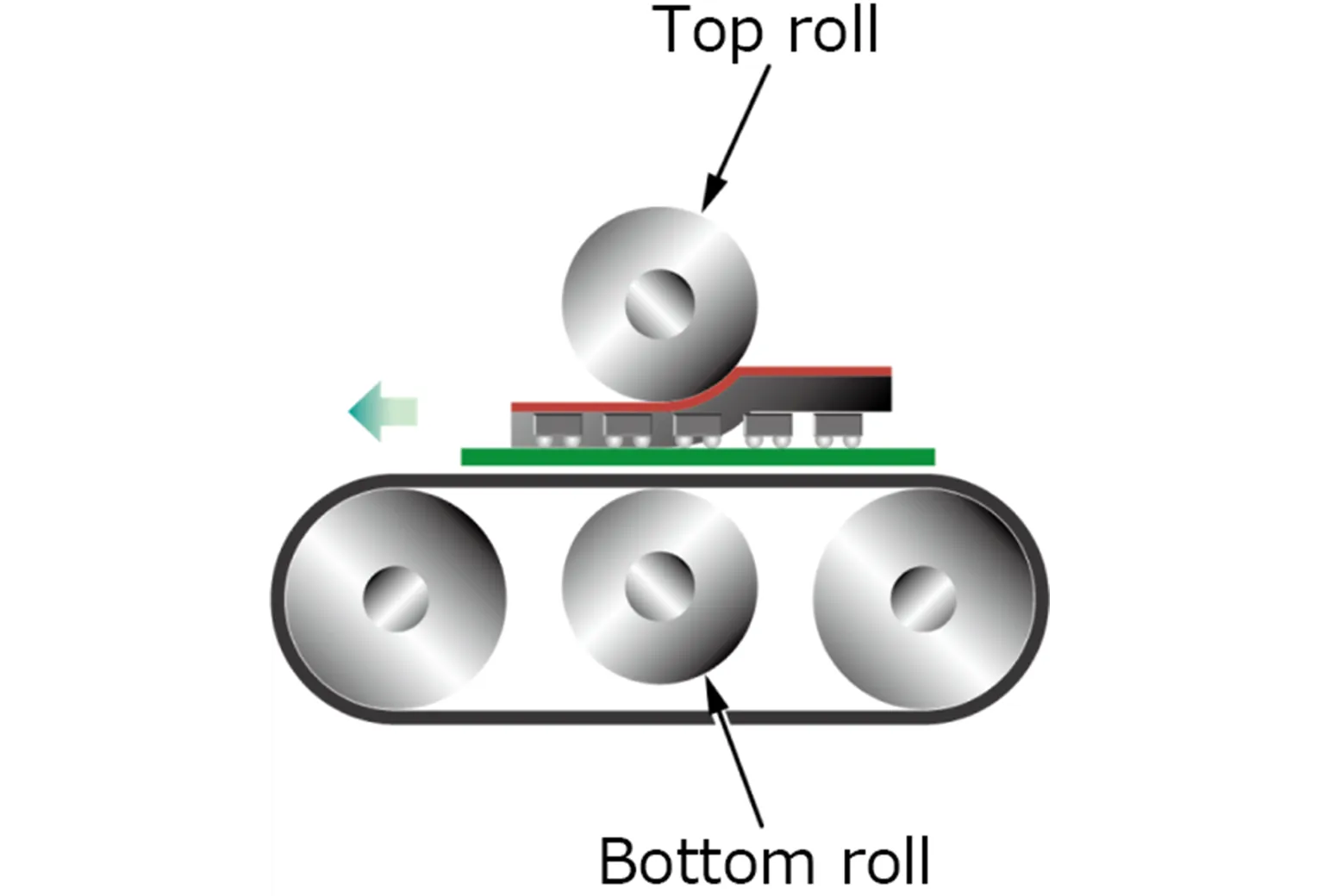Epoxy sheet encapsulation materials
Since it is in sheet form rather than liquid, handling during the manufacturing process is easier. In addition to the standard encapsulation function, it can also provide heat dissipation, magnetic properties, or be supplied in the form of varnish (liquid resin before it is converted into sheet form).
Features
No dripping, no spilling, easy to handle
Encapsulation sheet
- ・Hollow-encapsulation sheet: RF devices, and modules
- Multi-functional filler-containing sheet (magnetic powder, low dielectric material)
Adhesive and sealing varnish
- ・Insulating varnish for roll-to-roll processes
- ・Heat-resistant varnish
Insulating sheet
- ・High thermal conductivity and insulating adhesive sheet
- ・High heat resistant sheet
Sheet-type epoxy encapsulation materials compatible with various devices
Compatible with different chip sizes and device gaps, enabling bulk encapsulation.
Hollow encapsulation
- ・Resin penetration under the chip can be controlled to form a hollow structure.
- ・By selecting fillers, functions such as heat dissipation, magnetic properties, and conductivity can be added.
- ・The combination of functions through multi-layering is possible.
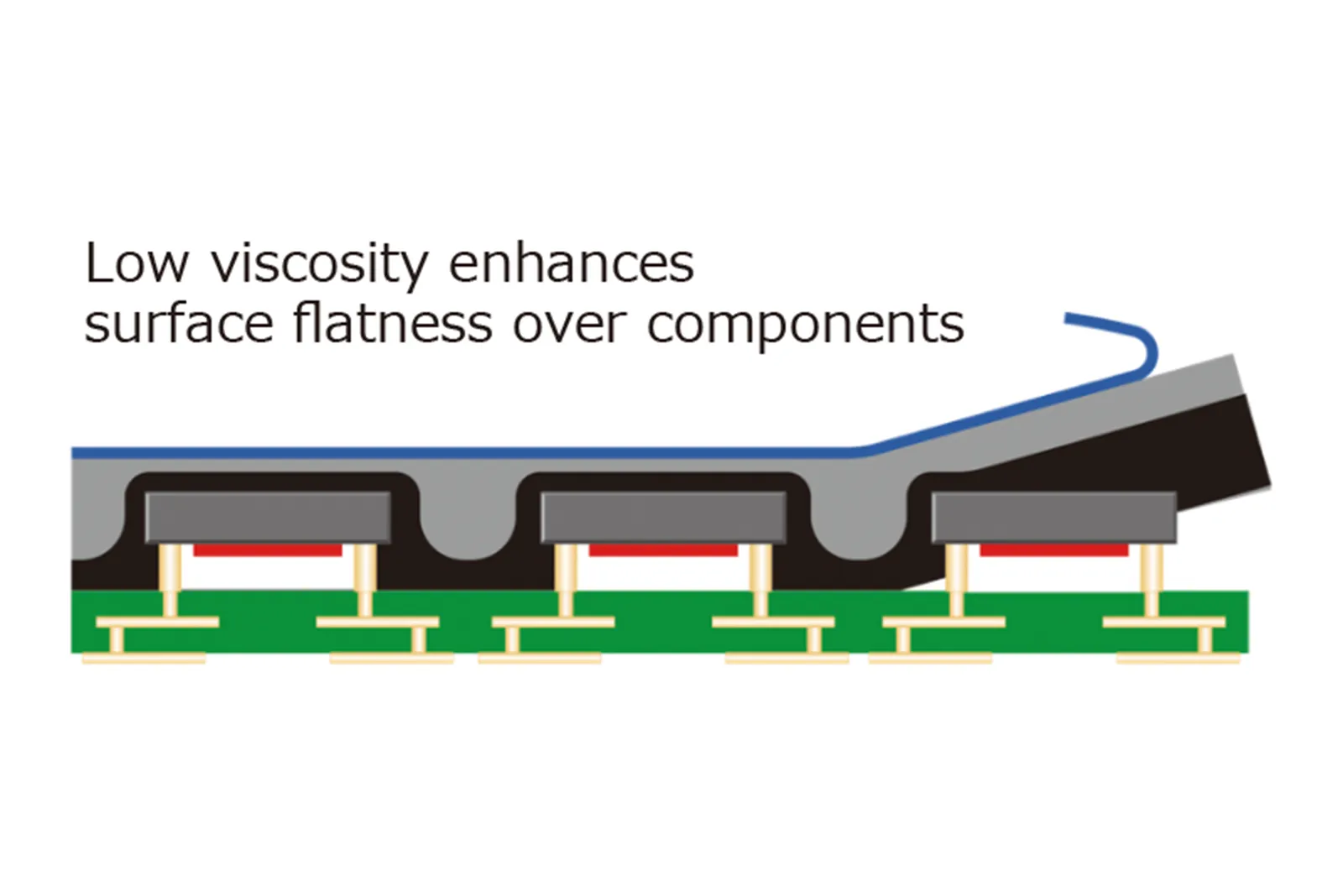
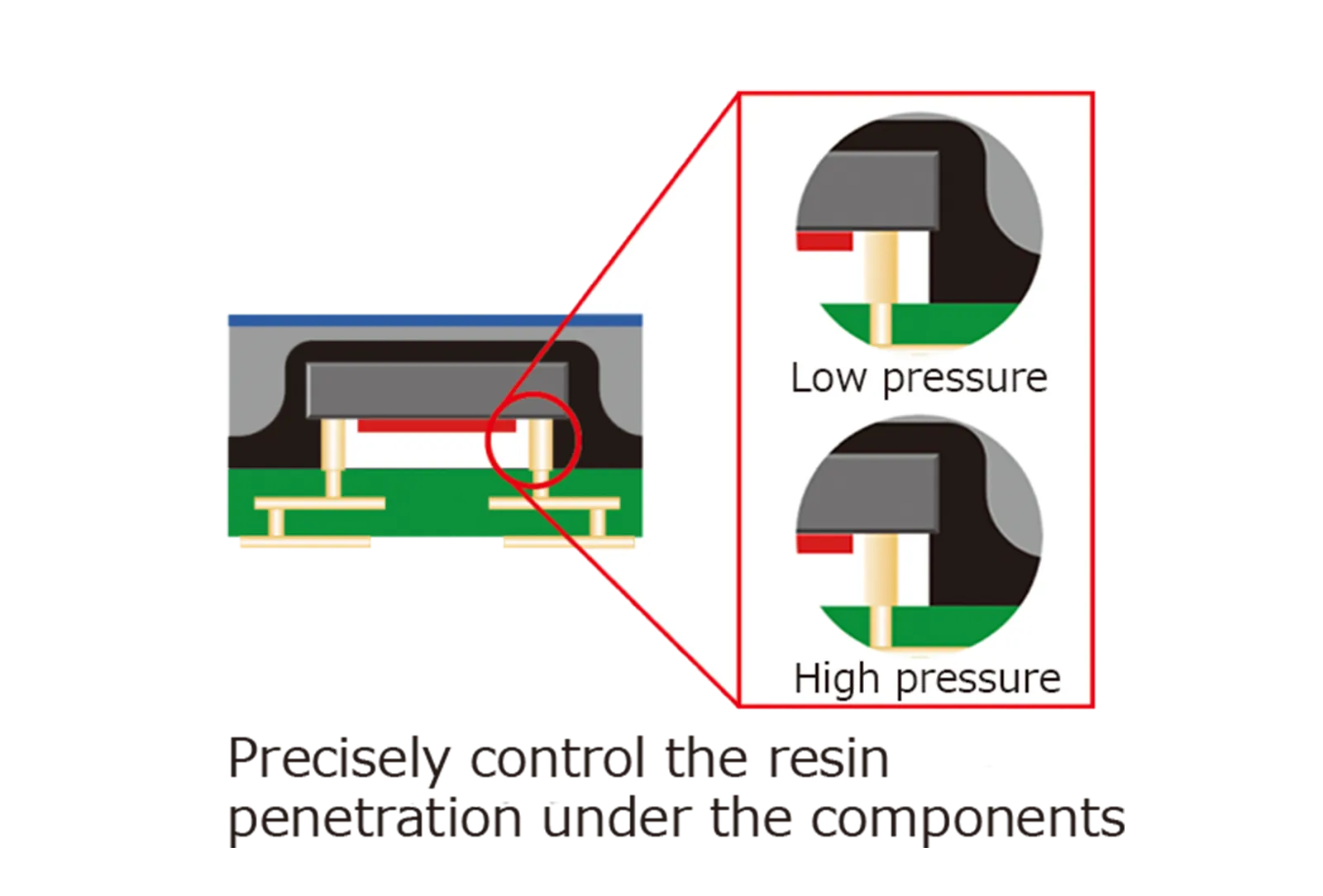
TFM(Thin Film Molding)
- ・By utilizing process materials, thin-film encapsulation that conforms to uneven surfaces is possible.

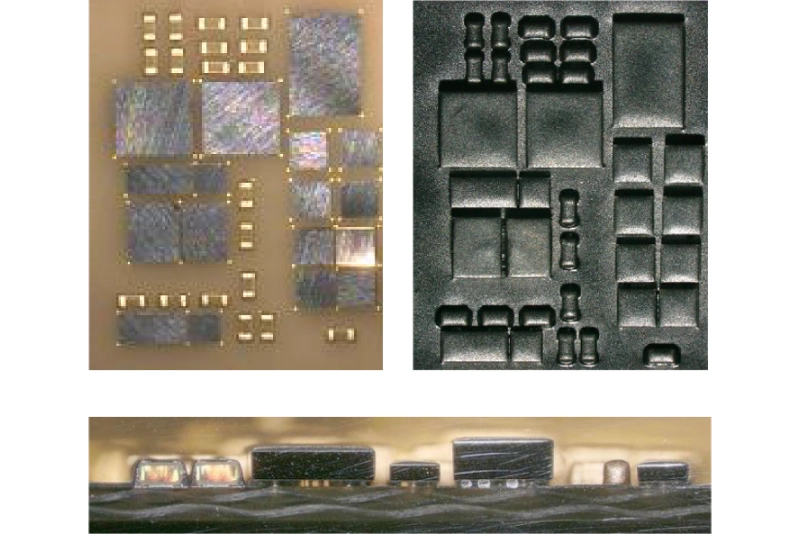
Hollow-encapsulation sheet for modules
- ・Bulk encapsulation that conforms to chip shapes with varying heights and sizes is possible.
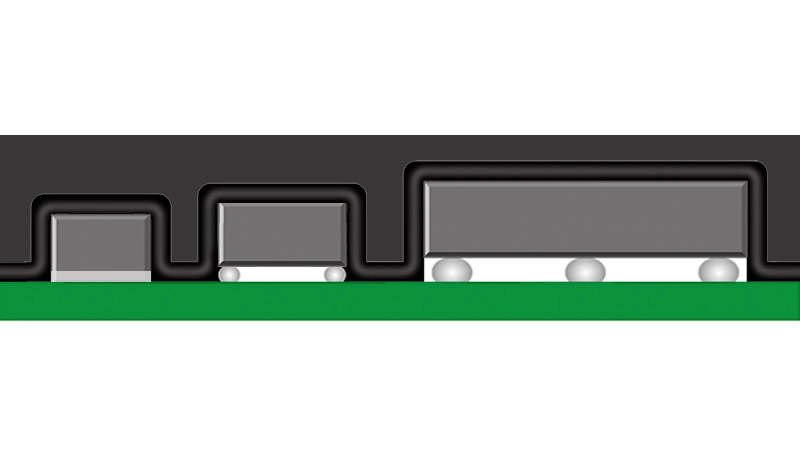
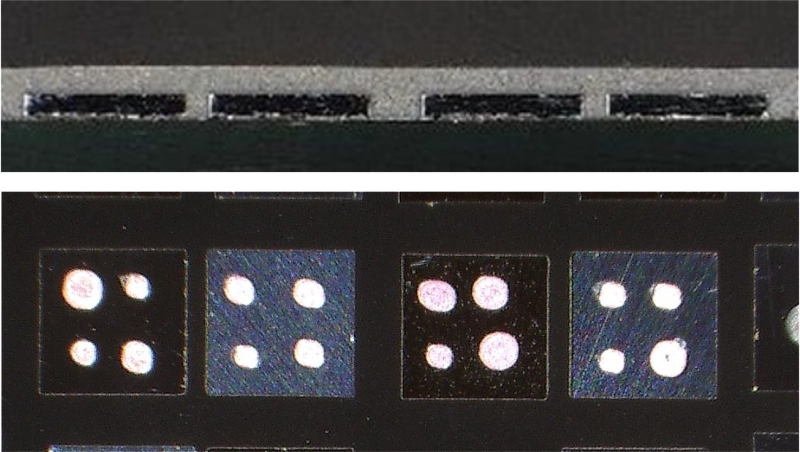
Typical process examples
Compatible with various press machines
Sheet-type encapsulation materials can be laminated to combine resins with various functions in a single process.
Encapsulation is easily achievable even with relatively inexpensive press machines, such as diaphragm laminators, flat presses, or roll laminators.
Encapsulation is easily achievable even with relatively inexpensive press machines, such as diaphragm laminators, flat presses, or roll laminators.
diaphragm laminators
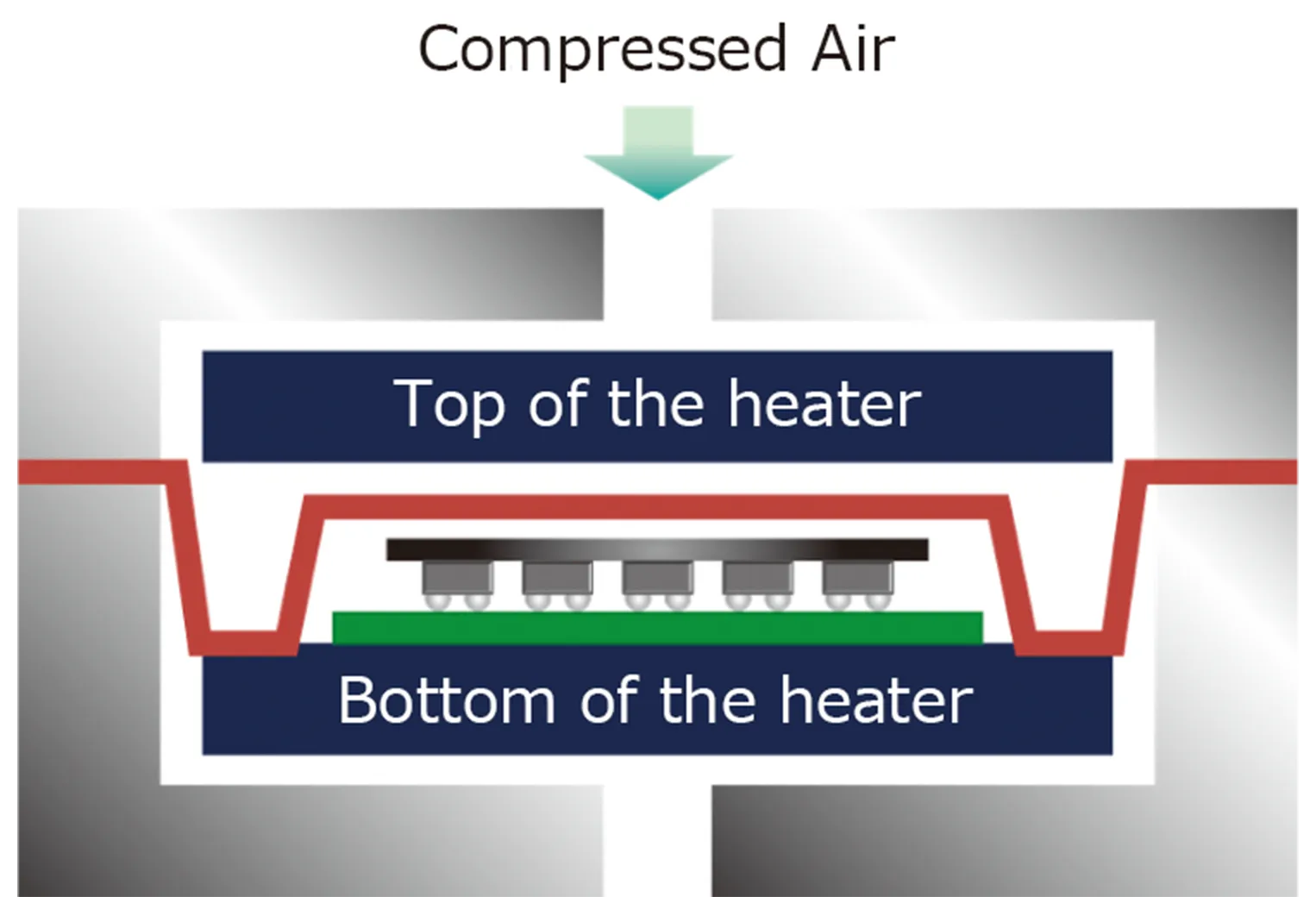
flat presses
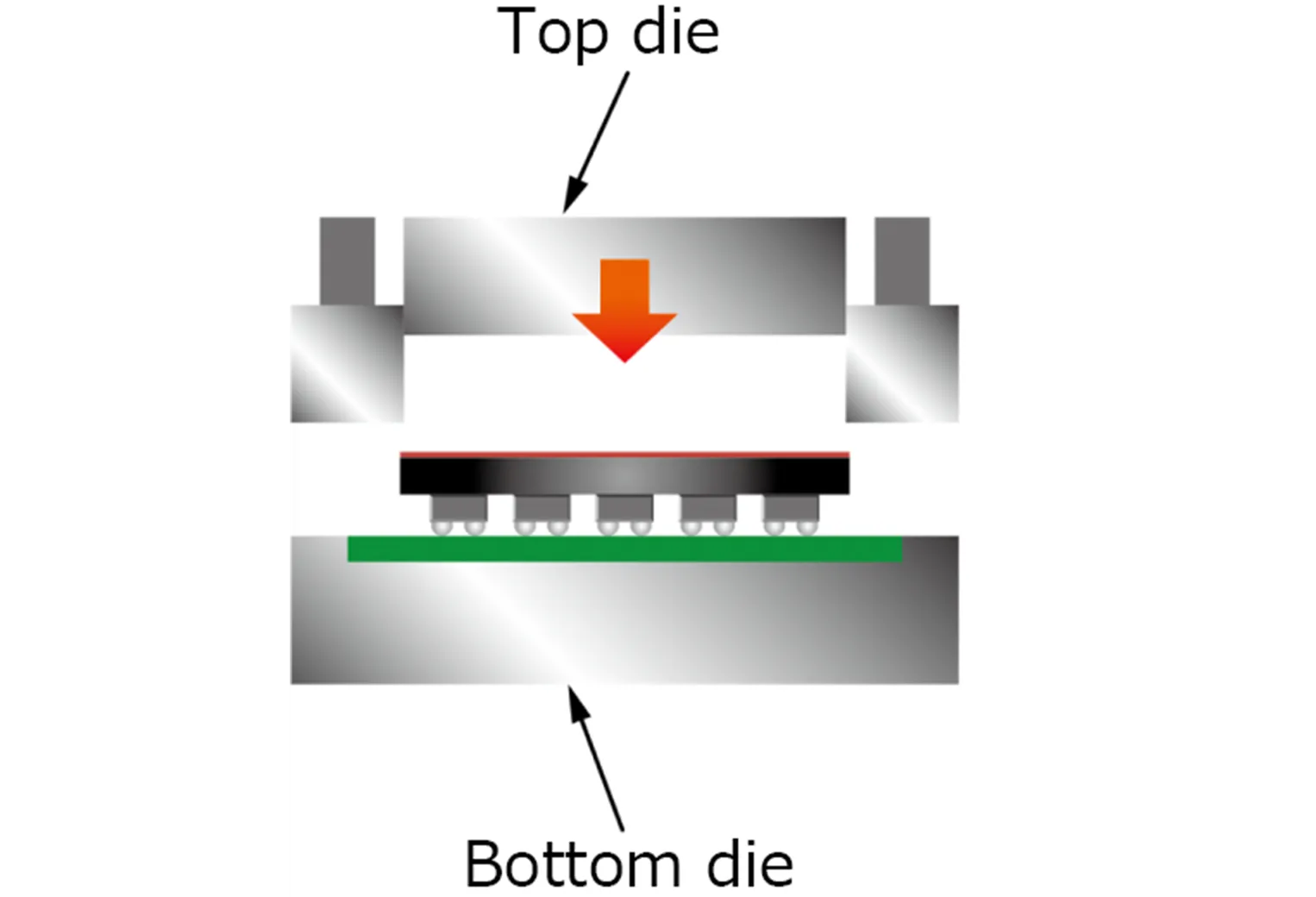
roll laminators
